No native food
It depends on how far back in time you go, but I don't think the Netherlands has native food. Of course, there are certain foods that the Dutch have become known for thanks to art (think of the painting De aardappeleters / the potato eaters) or because all kinds of stories circulated (eating tulip bulbs during the Second World War) or what about the ship's rusk (the food for Jan, Piet, Joris and Corneel who wanted to sail hundreds of years ago). Although many lived on potatoes and rye bread with bacon and snert (a pea soup) and brown beans were also on the menu, none of this is actually native food. The Netherlands became the largest chips exporter in Europe, has sugar beets, lakes of milk and mountains of butter and cheese, and plenty of vegetables, but most probably everything that grows in the Westland (the horticultural area of the Netherlands) comes from elsewhere. After all, the Netherlands did not exist in the past, hundreds of years ago, as it does today. The land was reclaimed sea and by now eating the most logical native food of that time which is fish (herring, eel, pike, shrimp, etc) is pretty much a thing of the past. The average Dutchman hardly eats fish. Strangely enough, fish soup has never been a Dutch national dish. Friday is fish day and the fish stall that was present at every market and on Fridays even in the smallest village has now become almost an oddity. Much of what was eaten 50 to 100 years ago such as string beans, white and brown beans, rye bread, lard, beets, leeks, Brussels sprouts, grits, and oatmeal is now considered unappetizing or called forgotten vegetables/food. Strange though, especially since these are healthy foods.
In terms of food, there wasn't much choice in my childhood either. The average person ate at most 7 to 8 different types of food besides soup with bread or porridge. Dessert consisted of yogurt, custard, or chocolate custard. There was not much to drink. A cup of tea at breakfast and after school finished at half past three. Sometimes we drank a glass (200 ml) of milk or buttermilk or got a glass of syrup.
Everyone grew up with it without a problem and no, we were not constantly sick, although we always ate the same thing: potatoes with boiled vegetables and a piece of (stewed) meat.
The meat was roasted on Mondays and reheated daily for the rest of the week. On Fridays, the leftovers from the whole week were eaten. For us children, that was a great day, because we could choose what we wanted to eat.

No one had food poisoning from hours of reheated food over and over again. Nothing was wasted and the dustbin remained empty. People were thrifty and frugal and that is perhaps the only thing that characterizes the true Dutchman. They make something out of nothing and that includes those few different vegetables that were put on the table. It never tasted the same. The same food was eaten every Monday, as on every Tuesday, Wednesday, and Thursday. The only difference was brought by the change of seasons. In winter, lettuce was replaced by cabbage. Pancakes and poffertjes, by the way, were not eaten at home. These were special food meant for a birthday or day out.
The native food of the Netherlands? I can't tell you what it is.
I believe the shipping industry provided us with everything that is on the market, and in the shops back then and today. Spices, potatoes, corn, rice, tea, coffee, cocoa, pizza, pasta, moussaka, gyros, nasi, noodles, and peanut butter, there is nothing national about it no matter how many generations or how frequently we eat it. Even tubers and turnips, like cereals, were once imported.
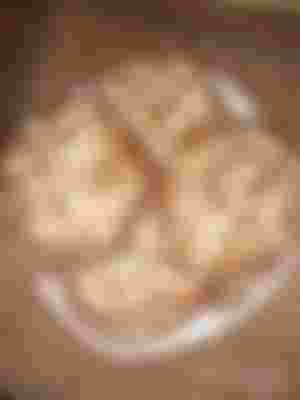
Whoever thinks of French fries will not quickly think of the Netherlands. Perhaps that is the case with the frikandel (an elongated, seasoned minced meat bar), the berenhap (a ball of minced meat cut into slices with slices of onion in between on a wooden skewer covered with peanut sauce), or hachée (50% stew meat with 50% onion eaten with boiled potatoes)?

When it comes to soup, bread, minced meat, pancakes, poffertjes or oliebollen, there will be more countries familiar with these dishes. The difference often lies in a different preparation method of the ingredients and not so much in the special dish. The Dutch syrup, for example, tastes different than in neighboring Germany and that also applies to the cheese, meat, yogurt, and of course the cake (such as the now famous Dutch stroopwafel, the eierkoek, glacé koek, ontbijtkoek, speculaas, and bitterkoekjes) and chocolate.

As long as we stay in our own country, and do not come into contact with other nationalities, we quickly believe that the dish we love is typical for us. Often this is not the case and if we go back in time long enough, we'll see that what is successfully grown at our place has once been imported.

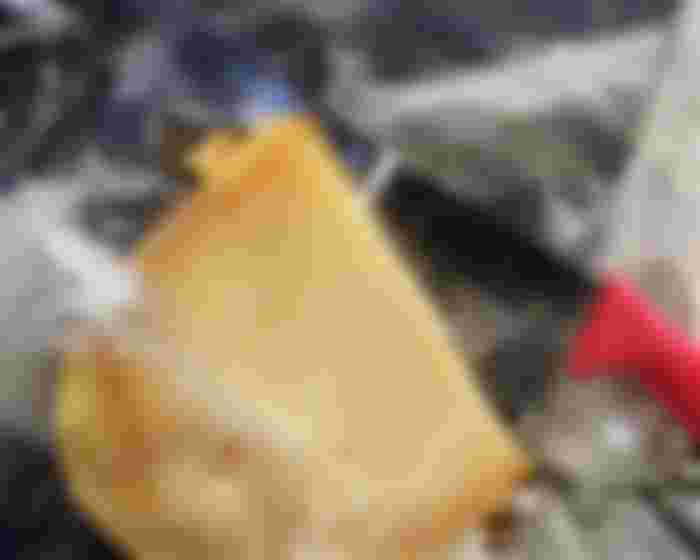
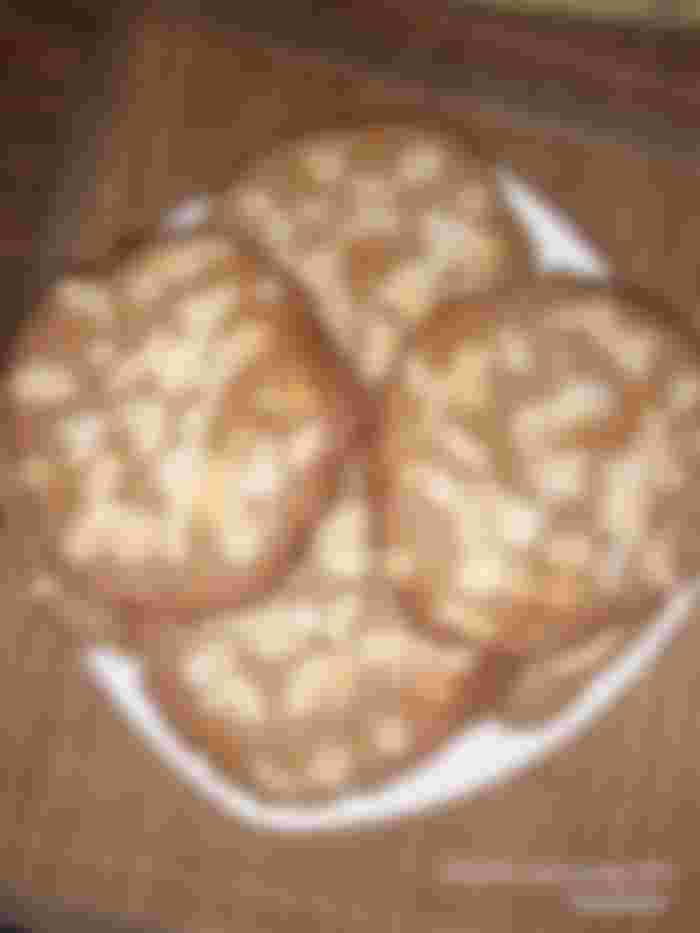
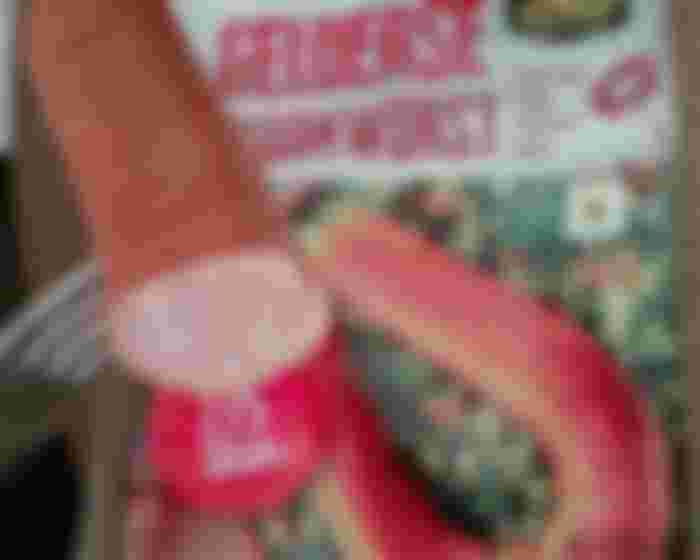
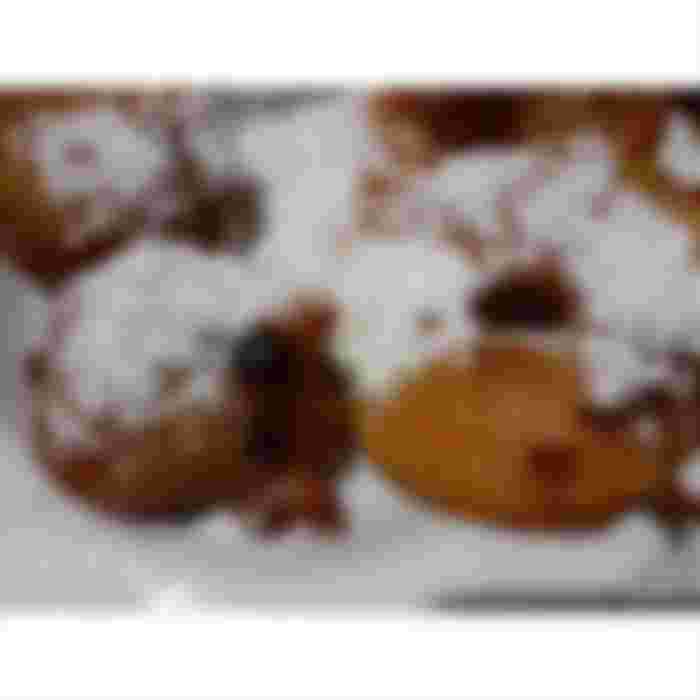

Interesting article 👍